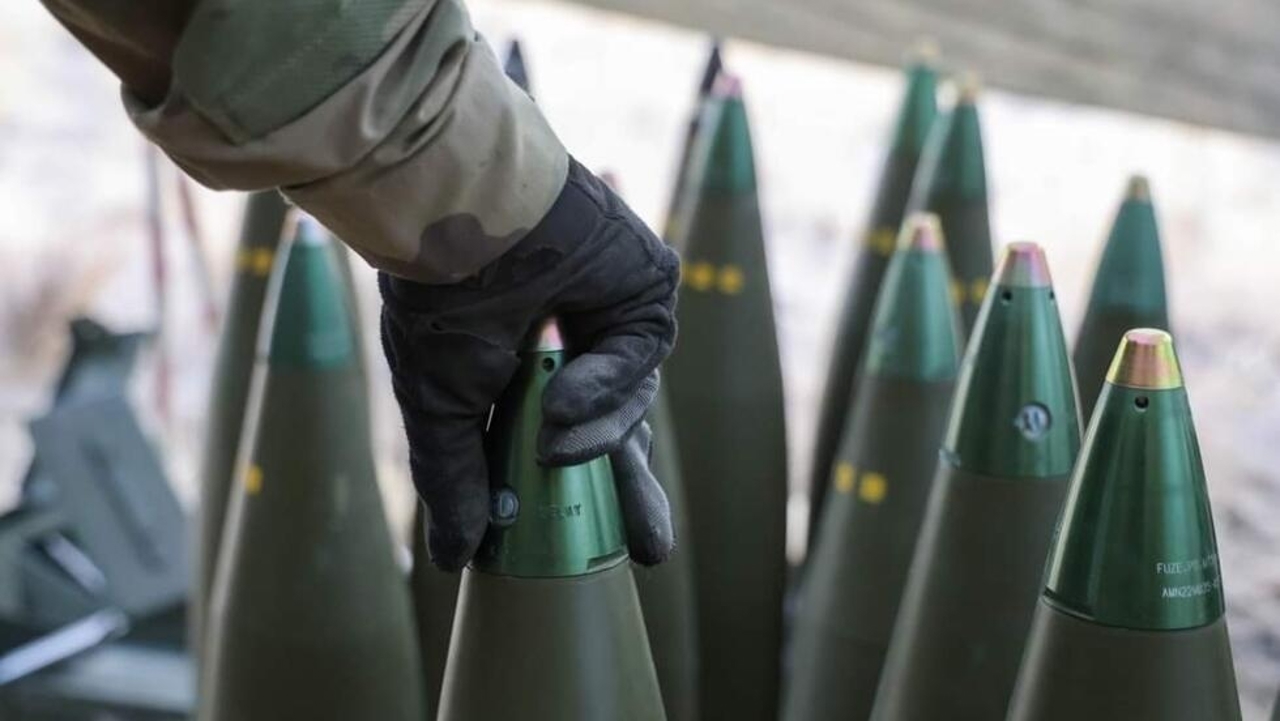EU Unveils Defense Plan to Boost Industry
The European Commission unveiled its long-awaited "European Defense Industry Strategy" on Tuesday, March 5th, in Brussels, Dan Alexe has reported.

This ambitious plan aims to modernise European defence production capabilities and make European companies more competitive with their American counterparts. The strategy comes amidst the backdrop of the ongoing war in Ukraine, which has highlighted the need for a stronger European defence industry.
Revamping European Defence
The new strategy proposes a joint European defence industry program that tackles both the supply and demand sides of military equipment. Thierry Breton, the European Commissioner for Industry, is at the helm of this plan. A central element is a proposed cash subsidy of at least €1.5 billion, called the European Defense Investment Program. This program aims to bolster existing initiatives like the European Defense Fund (€8 billion) launched in 2021, which finances collaborative research and development projects among European companies. Additionally, the Commission seeks to expand its existing fund (€500 million) supporting production by European defence firms. This fund currently focuses on modernising ammunition factories, but the proposal would broaden its scope to encompass other critical areas like drone and artillery production.
Taking Inspiration from the US
Drawing direct inspiration from the American approach, the strategy proposes co-funding the upkeep of strategic industrial facilities that could be rapidly converted for ammunition production, a crucial capability in times of conflict. Since Russia's invasion of Ukraine, European nations have ramped up their military spending, with a 6% increase in defence budgets for 2022 alone. However, a significant portion of these purchases still go to non-European companies, with 75% of military equipment acquisitions in 2022 coming from outside the continent, and a staggering 68% going to American firms. The EU's objective is not to eliminate transatlantic purchases, but to increase the share of European suppliers, aiming for a 50% market share.
Challenges and Next Steps
Achieving this ambitious goal won't be easy. The European Commission faces resistance from the American lobby, with some representatives accusing the EU of pursuing "European protectionist policies" in the defence sector. On the demand side, the strategy aims to streamline the ordering process by boosting its co-financing system for joint purchases by member states. This system, established in 2023 with a budget of €300 million until 2025, would give European manufacturers greater visibility through larger, collaborative contracts.
Financial Hurdles
The biggest unknown surrounding the plan is funding. Commissioner Breton estimates the immediate needs at €3 billion, with €1.5 billion already secured. To bridge the gap, the Commission proposes allocating profits from frozen Russian assets in Europe. However, for true credibility, the EU likely needs member states to commit to an additional €100 billion annually in defence spending, bringing the total to €300-400 billion. Securing this level of financial commitment will require overcoming the reservations of some member states, particularly those traditionally cautious about increased spending. The Commission, along with many European leaders, advocates for a new European loan, a prospect currently opposed by Germany.
In addition to securing funding, the Commission needs approval for the plan from both the current member states and the next European Parliament elected in June. The modernization of the European defence industry will undoubtedly require more resources than the initial €1.5 billion proposal. Commissioner Breton has mentioned leveraging €100 billion, but this would necessitate joint borrowing, an approach met with scepticism by fiscally conservative countries. It's possible that a major geopolitical shift, like a potential return of Donald Trump to the White House, could be the catalyst needed to overcome these hurdles.
This EU defence strategy marks a significant step towards a more robust and self-sufficient European defence industry. While challenges remain, particularly regarding funding and political will, the plan represents a clear commitment by the European Union to bolster its own defence capabilities.
Translation by Iurie Tataru




